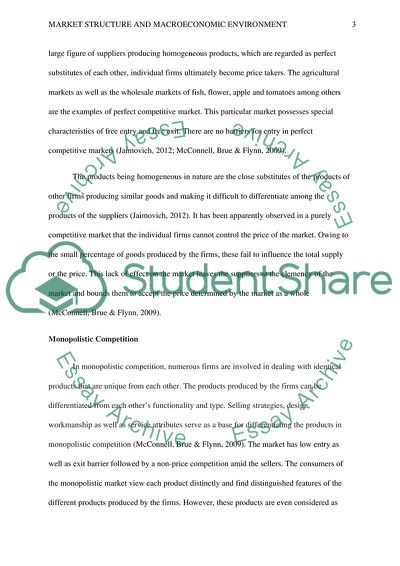Cite this document
(Market Structure and Macroeconomic Environment Essay, n.d.)
Market Structure and Macroeconomic Environment Essay. https://studentshare.org/macro-microeconomics/1832837-market-structure-and-macroeconomic-environment
Market Structure and Macroeconomic Environment Essay. https://studentshare.org/macro-microeconomics/1832837-market-structure-and-macroeconomic-environment
(Market Structure and Macroeconomic Environment Essay)
Market Structure and Macroeconomic Environment Essay. https://studentshare.org/macro-microeconomics/1832837-market-structure-and-macroeconomic-environment.
Market Structure and Macroeconomic Environment Essay. https://studentshare.org/macro-microeconomics/1832837-market-structure-and-macroeconomic-environment.
“Market Structure and Macroeconomic Environment Essay”. https://studentshare.org/macro-microeconomics/1832837-market-structure-and-macroeconomic-environment.


